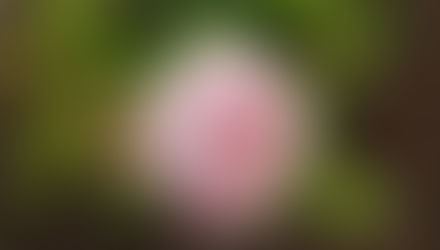Slugs and other bugs
- SallyAnn Lenehan
- Jul 13, 2017
- 2 min read
I have a new nemesis.

Don’t get me wrong. I still detest slugs and have spent many an hour in the fight to protect my plants. But the last few months have seen untold damage in the garden from ‘leatherjackets’: the larvae of crane flies or daddy-long-legs. These unassuming little creatures can devastate tender seedlings.
They are difficult to detect, and for years I blamed slugs for the majority of damage in my garden when leatherjackets were the true culprits. The larvae live in the soil, emerging to feed on the succulent stems of young plants, literally killing the plant by decapitation.
Leatherjackets are tricky to control. They tend to live under grass, hence the high volume in the walled garden at Liss Ard, which was covered in grass for years before being reclaimed as a vegetable garden.

Cabbage white butterflies have been tenaciously laying their eggs on brassicas during the last couple of months. Regular removal of the eggs by hand has helped to control the numbers. They are hungry when they hatch. Just read that nettle tea or feed sprayed onto brassica leaves can be a good caterpillar deterrent another thing on my to do list.
I also have bigger pests to contend with. Small numbers of rabbits have been getting into the garden at night and nibbling on seedlings and vegetables. They seem to be particularly fond of the radishes. Keeping gates closed and covering any gaps with wire mesh is helping to keep damage to a minimum.

Planting out strong, healthy plants is the best defence. Feeding plants not only gets the best out of your plants, but also helps healthy plants to fight back naturally against pest attack.
We are lucky enough at Liss Ard estate to have an abundant supply of comfrey, a perennial plant high in potassium, which is good for root development. A simple feed can be made from comfrey by placing leaves into a bucket or tub of water (approximately 3 kg of comfrey to 40 liters of water). Weigh down the plant matter with a large stone and leave it for 2 weeks. It will stink, but it's worth it. The resulting feed is great for young plants, but err on the side of caution: it's always better to underfeed than to overfeed. I pick a day a week to feed plants (such as Feeding Friday) to help me remember. Wilted comfrey leaves can also be used as a mulch around the base of hungry plants such as tomatoes and soft fruits and you can add them to compost in small quantities.

Once plants are well established I switch to a nitrogen-rich nettle feed, made in much the same way with approximately 1 kg of nettles to 20 liters of water. Wear gloves when harvesting young top growth of the nettle plants. This feed will encourage strong green growth good for greens such as cabbages and kale.





























Comments